译林英语六上期末知识点必背清单
二、关于一般过去时态
1.定义:表示动作或状态发生在过去。(已经发生)
2.时间状语:一般句子中会有……ago, last+时间,just now,yesterday,one day等表示过去的时间词。
3.常考句型结构:
a.主语+was/were+其他. The king was happy.
b.There was/were+其他. long long ago. there was a king.
c.主语+行为动词过去式+其他. The king liked new clothes,
d.主语+could+动词原形+其他. Six years ago, he couldn't write.
4.规则动词的一般过去式:
a.大部分动词直接在主语后加ed, 例如:visit-visited; point-pointed
b.以不发音的e结尾的动词,在词尾加d, 例如:like-liked; live-lived
c.以辅音字母加y结尾的动词,去y加ied, 例如:study-studied; try-tried
d.以元音字母加y结尾的动词,直接加ed, 例如:play-played,stay=stayed
e.以单个辅音字母结尾的重复动词音节将双写末字母再加ed, 例如:stop-stopped;plan-planned
5.动词过去时的不规则变化:
am/is-was are-were become-became bring-brought buy-bought can-could
fly-flew go-went see-saw take-took catch-caught wear-wore
write-wrote do-did eatate get-got give-gave read-read
have/has-had tell-told drink-drank run-ran sing-sang draw-drew
sit-sat met-meet swim-swam find-found make-made know-knew
teach-taught say-said
一、关于过去式的用法:
①否定形式:若句中动词为 be 动词过去形式 (was/were), 直接在 be 动词 (was/were) 后加 not, 可缩写为wasn/ weren't: 若句中动词为情态动词 (could), 直接在情态动词 (could) 后加 not, 可缩写为 couldn't; 若句中动词为行为动词过去形式,在行为动词前加 did not/didn't, 并把动词改为原形。
②一般疑问句形式:句中含有be动词 (was/were), 将be动词 (was/were) 移到句首并大写;句中含有情态动词could, 将情态动词 could移到句首;句中只有行为动词,借助动词 did 放于句首,动词改为原形。
③特殊疑问句:特殊疑问词+一般疑问句。
二、关于 show 的用法:
show sb.sth.=show sth. to sb. 给某人展示某物
例如:The two men showed\ these\ magic\ clothes\ to\ the\ king.
=The two men showed these magic clothes to the king.
类似的单词用法:
give sb.sth.=give sth. to sb. 给某人某物
send sb.sth.=send sth. to sb. 给某人发送某物
write sb.sth.=write sth. to sb. 给某人写(信)
bring sb.sth.=bring sth. to sb. 给某人带来某物
take sb.sth.=take sth. to sb. 给某人带来某物
其三:小学常见的make/buy\ cook\等动词词类与for搭配.(选择题经常考)
make sb.sth.=make sth. for sb. 给某人制作某物
buy sb.sth.=buy sth. for sb. 给某人买某物
cook sb.sth.=cook sth. for sb. 给某人做饭
三、关于介词 n.表示一个人是\ wear\ a put\ on的区别:
1、在众多介词中,只有 in+衣服或颜色,表示“穿…”,需要注意的是,它是一个介词,不能充当谓语。
例句:The boy in a blue shirt\ is\ Mike.
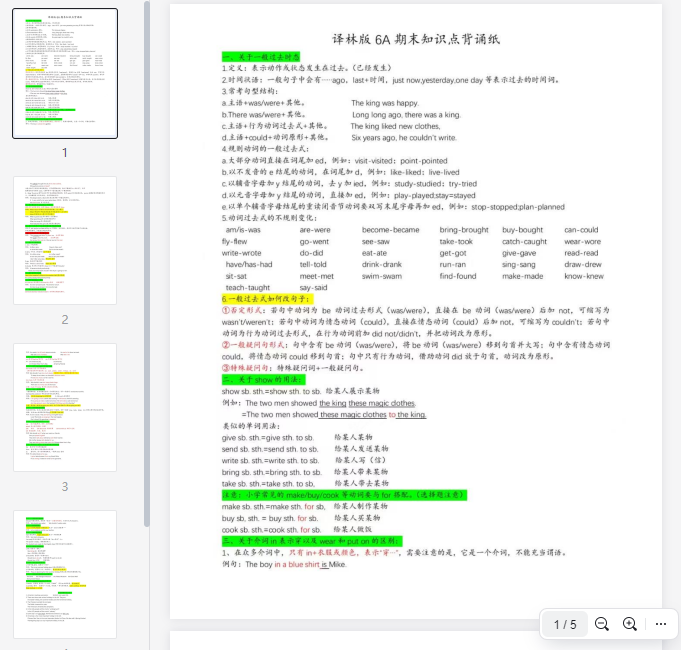


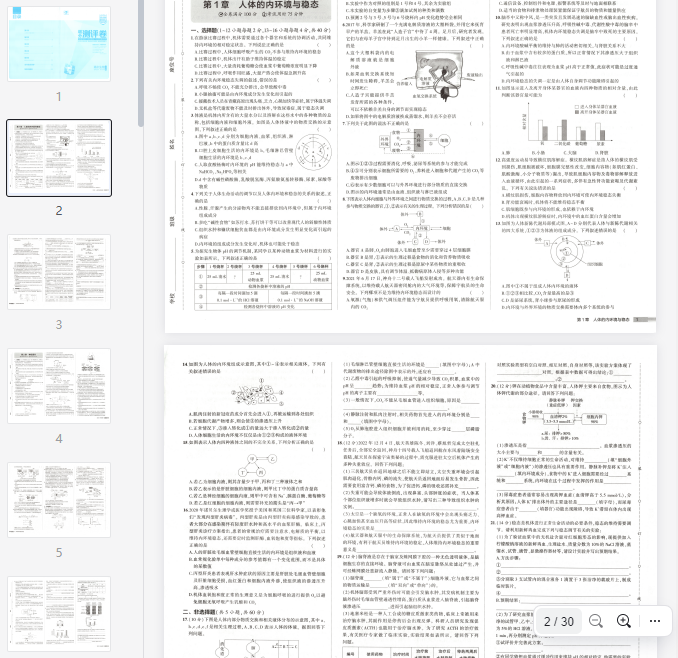
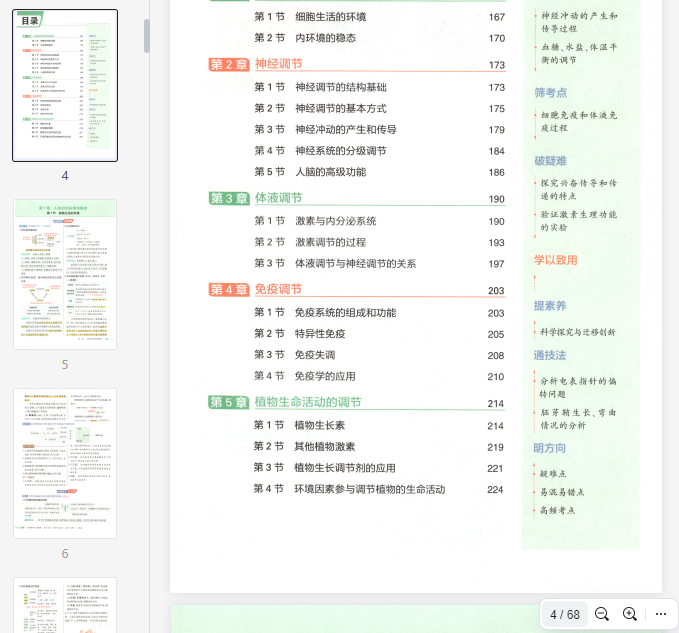
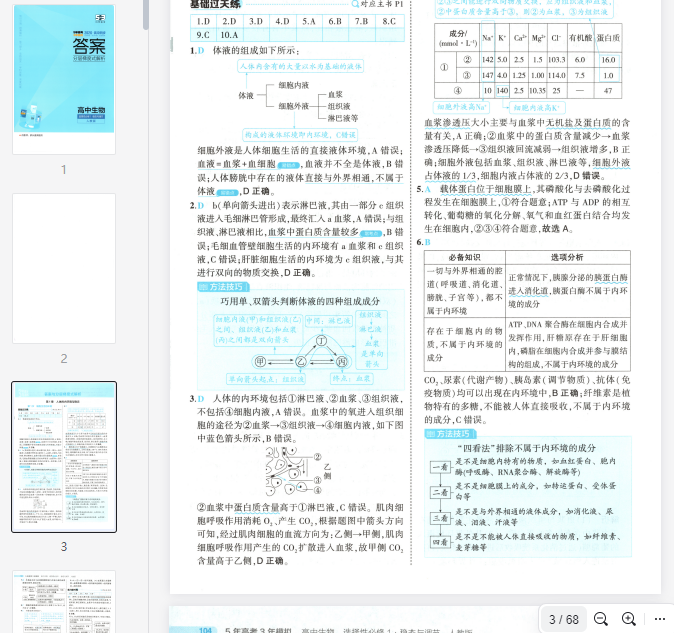
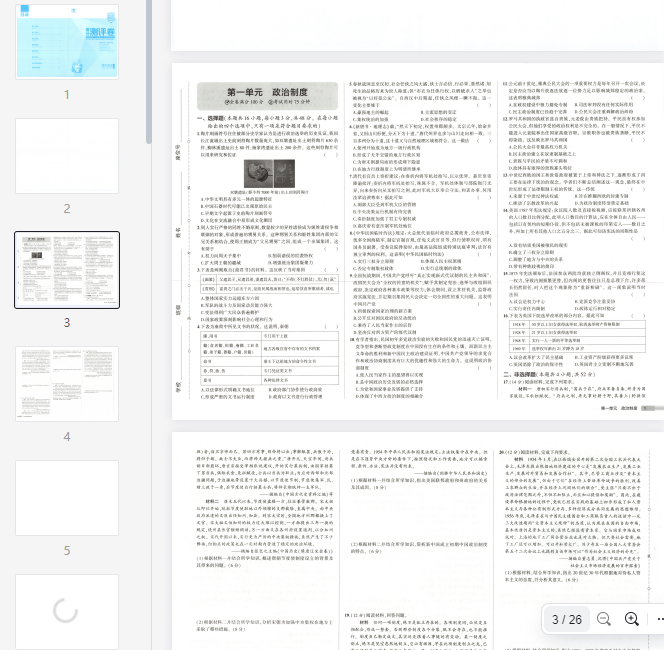
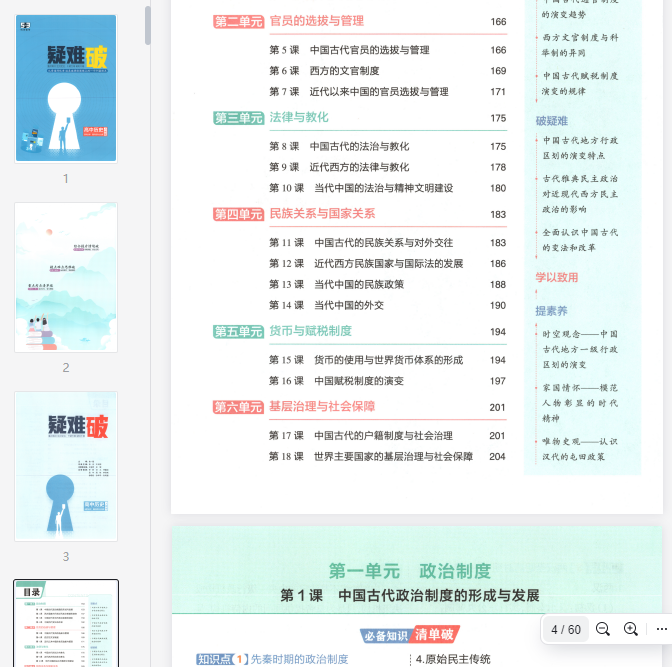
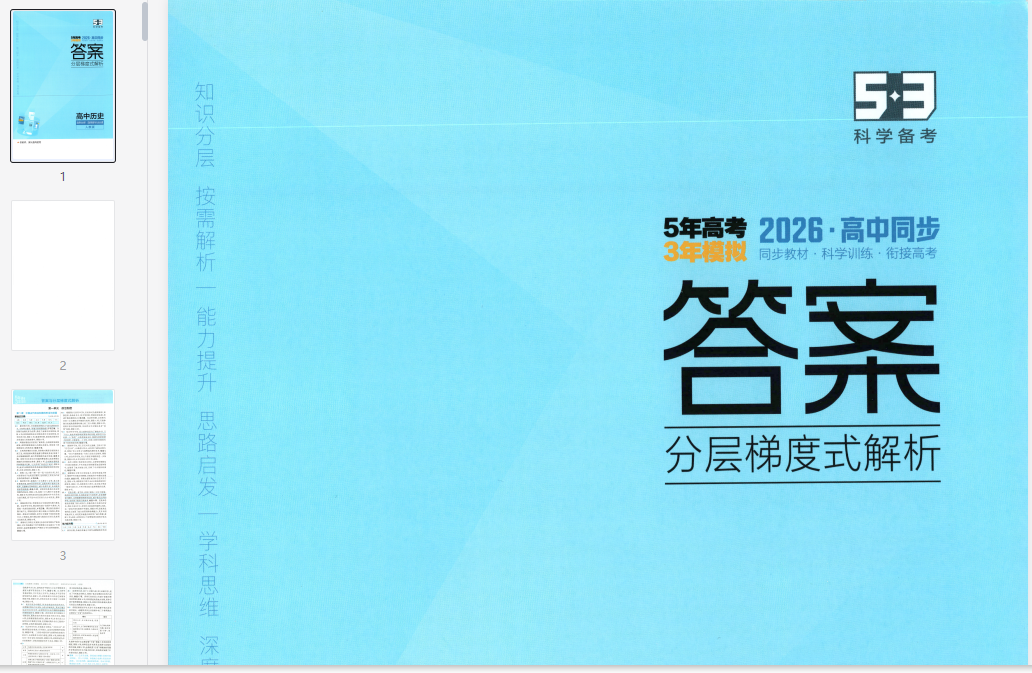
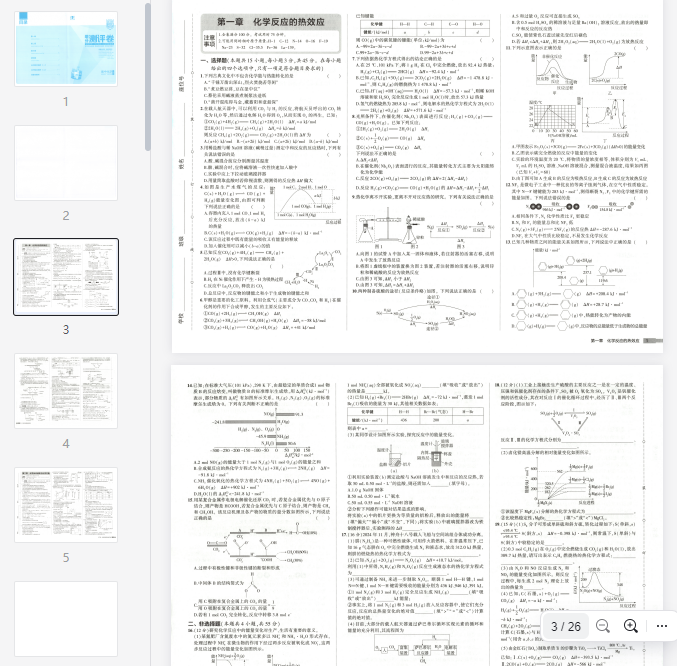
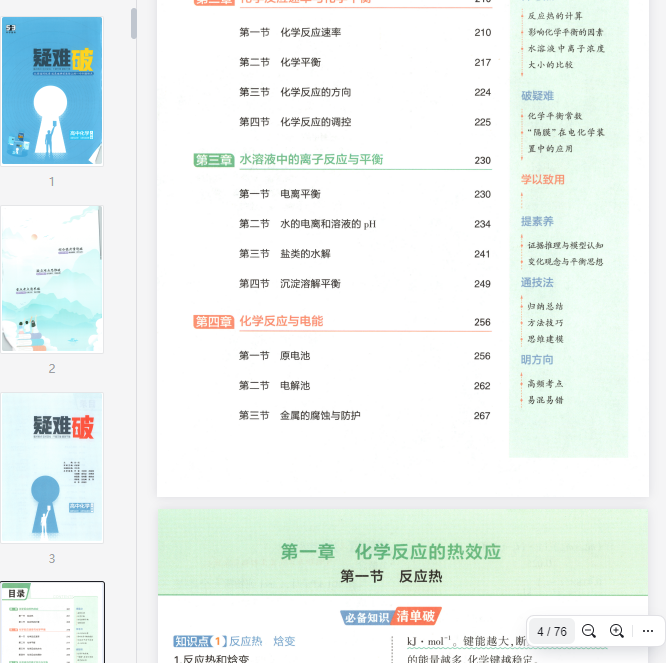
全部评论
留言在赶来的路上...
发表评论